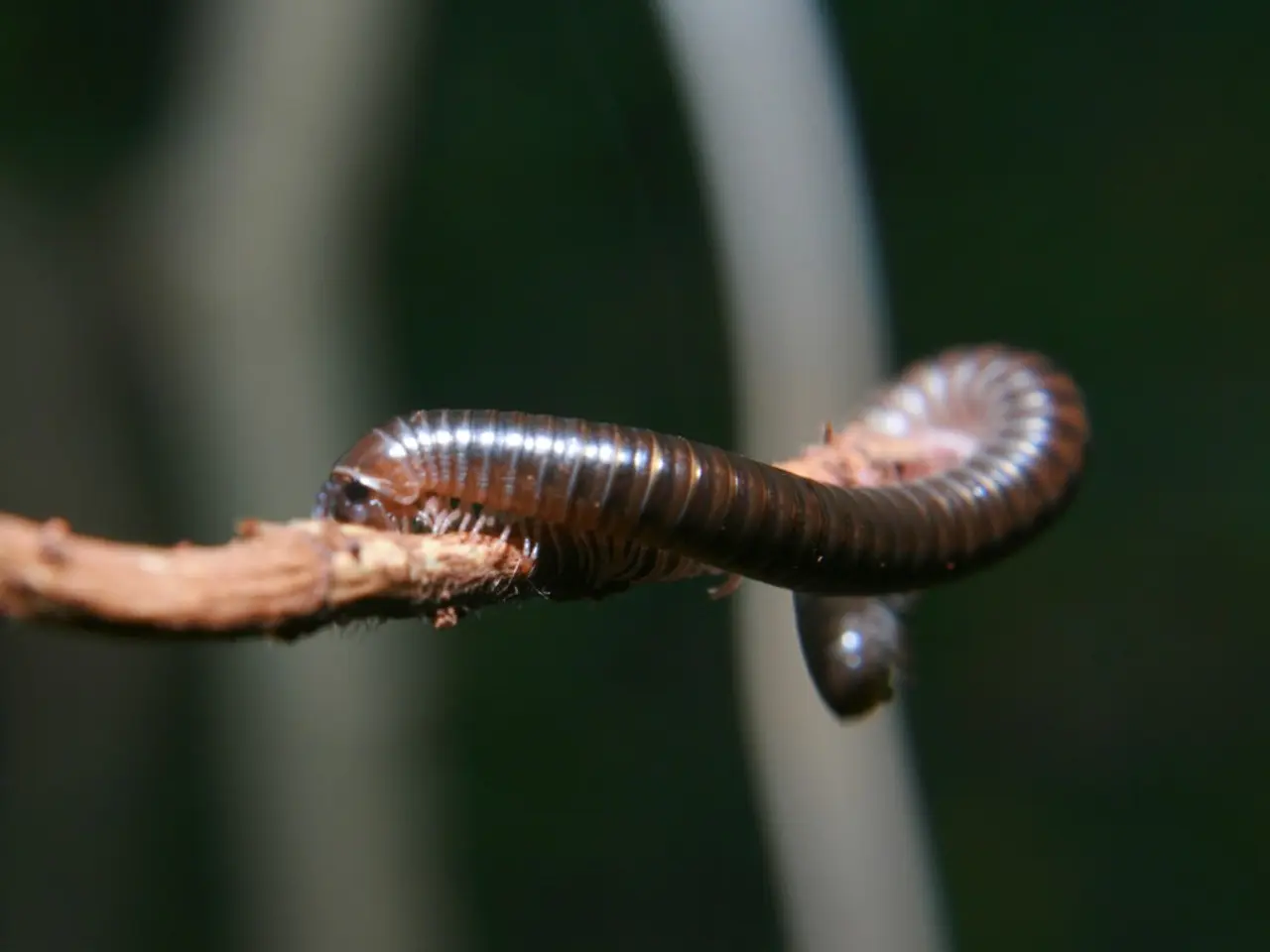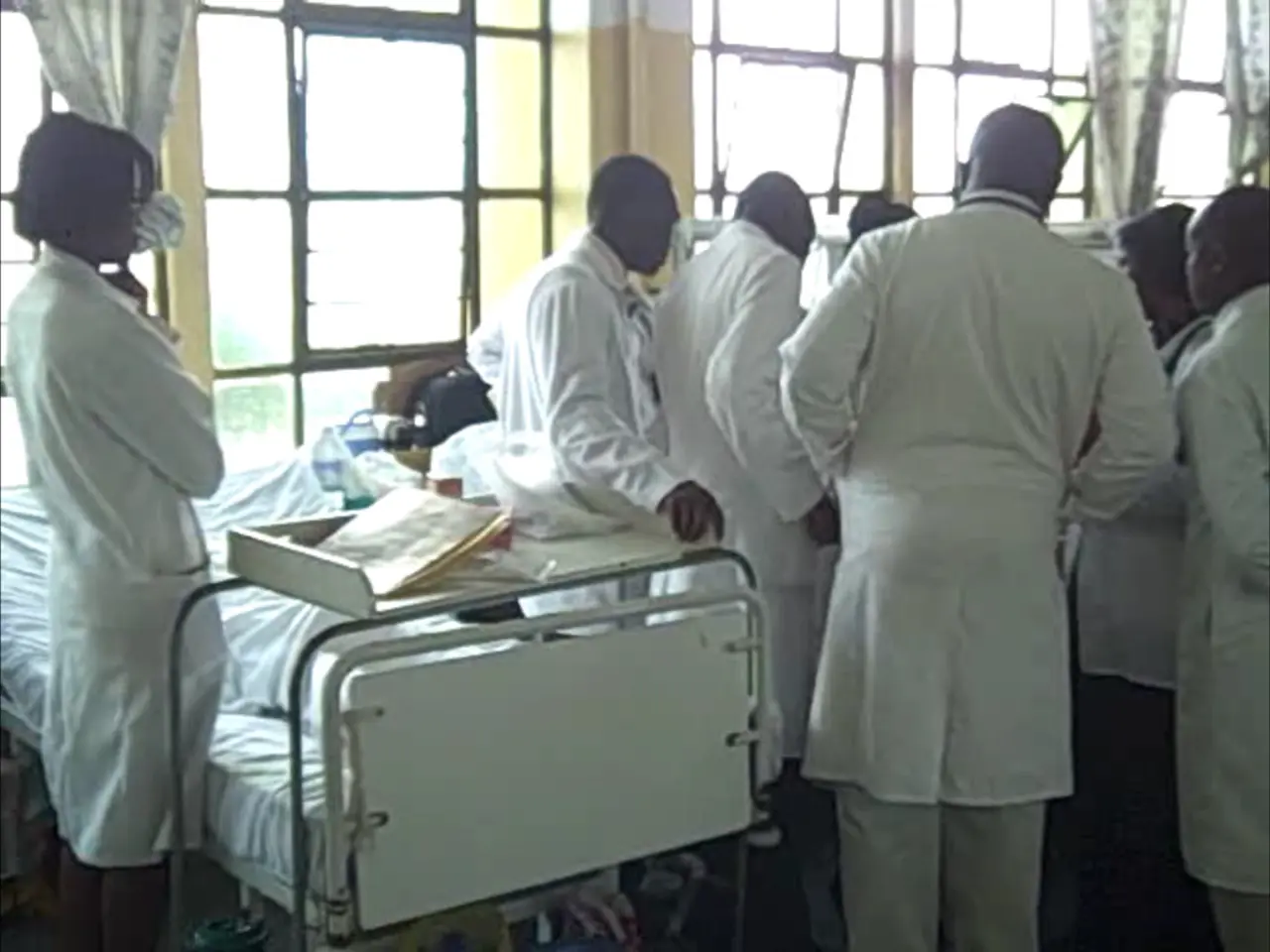Over a hundred inhabitants in Komi region have been afflicted by tick bites within the past week
In the Republic of Komi, the number of tick-borne illness cases has been on a steady decline for three consecutive weeks. According to recent data, 103 people, including 8 children, sought medical help for tick bites from July 16 to 23. This figure is a decrease from the previous week, when 397 people sought medical attention.
However, it is essential to remember that ticks carry more than just the tick-borne encephalitis virus and Lyme disease. Ixodid ticks, such as those found in the region, can transmit several other infectious diseases, including Anaplasmosis, Babesiosis, Powassan virus infection, tick-borne relapsing fever, Tularemia, and potentially alpha-gal syndrome-causing pathogens.
During the same week, 111 studies were conducted in the Republic of Komi, but no cases of tick-borne encephalitis were detected. On the other hand, 41 cases of Lyme disease were identified. It is crucial for those who have been bitten by ticks to seek medical help to have the tick removed and tested for the presence of various potential infections.
Since the beginning of the season, 4525 people, including 797 children, have been affected by tick bites in the Republic of Komi. While the number of cases is decreasing, it underscores the importance of taking precautions against tick bites. If necessary, specific preventive measures may be required after a tick bite to avoid complications from tick-borne diseases.
From June 19 to 25, 397 people sought medical help for tick bites, a significant decrease from the previous week. It is important to stay vigilant, especially during periods of increased tick activity, and to consult a healthcare professional if a tick bite occurs.
[1] Centers for Disease Control and Prevention. (2021). Ticks. [Online]. Available: https://www.cdc.gov/ticks/index.html [2] European Centre for Disease Prevention and Control. (2021). Tick-borne diseases. [Online]. Available: https://www.ecdc.europa.eu/en/disease-vectors/ticks [3] World Health Organization. (2021). Tick-borne diseases. [Online]. Available: https://www.who.int/news-room/fact-sheets/detail/tick-borne-diseases [4] Mayo Clinic. (2021). Lyme disease. [Online]. Available: https://www.mayoclinic.org/diseases-conditions/lyme-disease/symptoms-causes/syc-20369064 [5] Mayo Clinic. (2021). Powassan virus infection. [Online]. Available: https://www.mayoclinic.org/diseases-conditions/powassan-virus-infection/symptoms-causes/syc-20369084
- As more is learned about tick-borne diseases, it's crucial to remember that ticks can carry various infectious diseases like Anaplasmosis, Babesiosis, Powassan virus infection, tick-borne relapsing fever, Tularemia, and potentially alpha-gal syndrome-causing pathogens, besides tick-borne encephalitis and Lyme disease. (Centers for Disease Control and Prevention, European Centre for Disease Prevention and Control, World Health Organization)
- In the realm of health and wellness, fitness and exercise, and medical-conditions, it's essential for those who have been bitten by ticks to seek immediate medical help to have the tick removed and tested for potential infections, especially if they exhibit symptoms such as fever, headache, rash, or joint pain. (World Health Organization, Mayo Clinic)
- In addition to staying informed about the prevalence of tick-borne diseases in their locality through reliable sources like news, health organizations, and scientific studies (such as the ones conducted in the Republic of Komi), it's crucial for people to follow guidelines for preventing tick bites, such as wearing protective clothing, using insect repellent, and conducting full-body tick checks after spending time outdoors. (Centers for Disease Control and Prevention, European Centre for Disease Prevention and Control)




